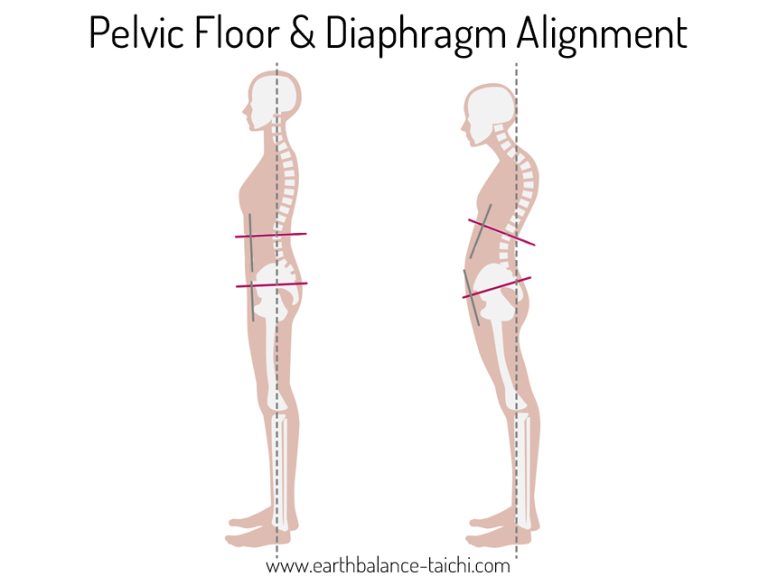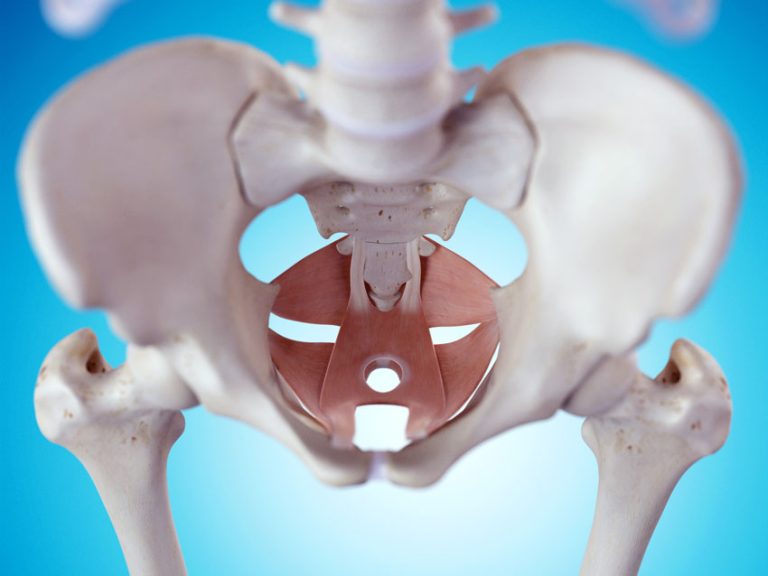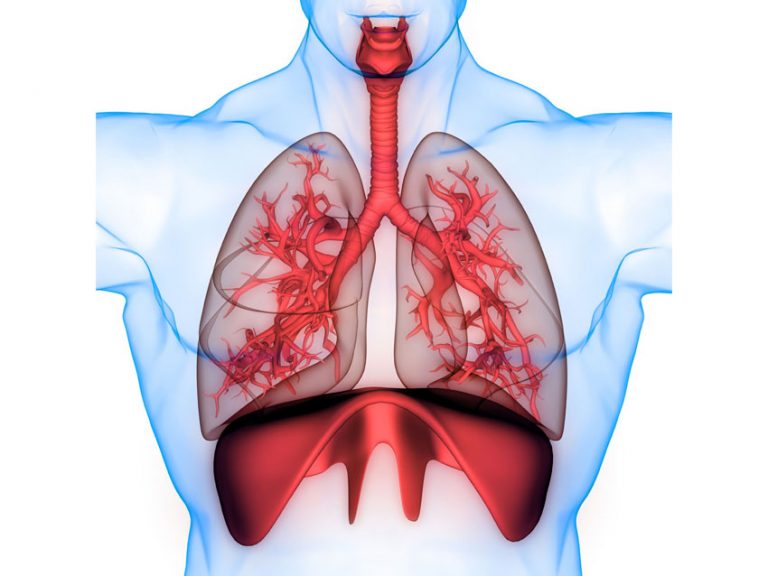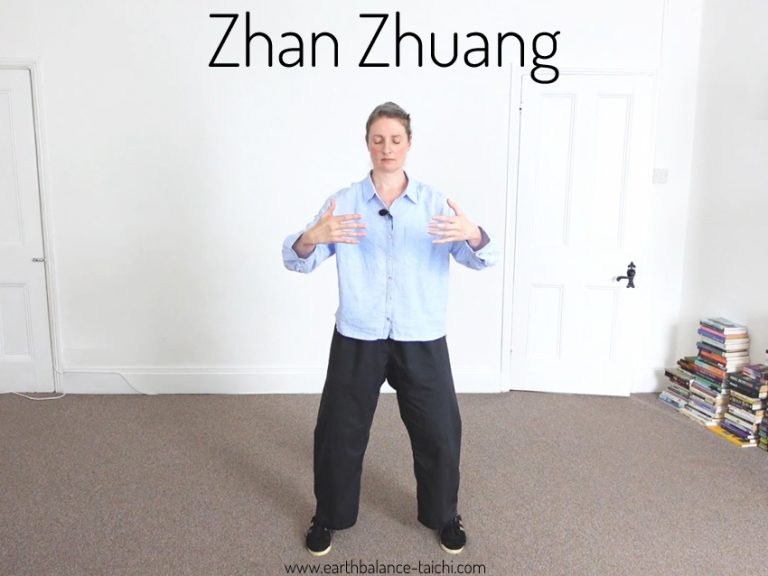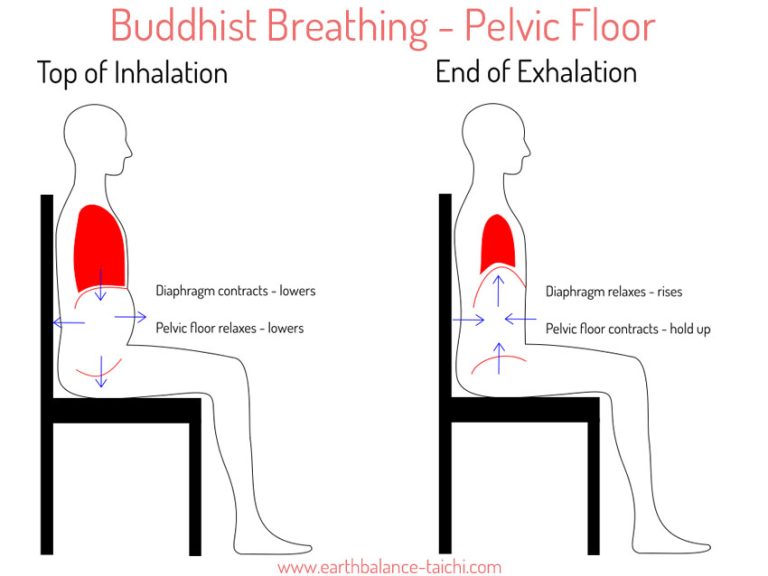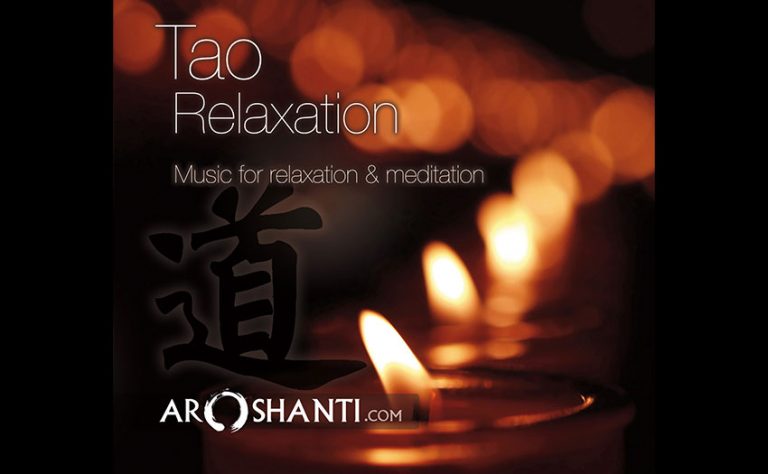Two Plates in Tai Chi

Two Plates in Tai Chi
Pelvic Floor & Diaphragm
The pelvic floor and diaphragm connection are important to consider in your Tai Chi practice. They are called the two plates and are coordinated in movement and breath work. Spending time practising the connection will help develop your form and improve your posture. The principles that cover these two groups of muscles are part of the pelvis and lower back alignment principles. The caveat is, please work with a Tai Chi instructor to understand your habitual physical posture before you try these techniques. Having a professional look at your posture and move you into position in a hands on way cannot be replicated in an online article, and will give depth to your understanding and this article.
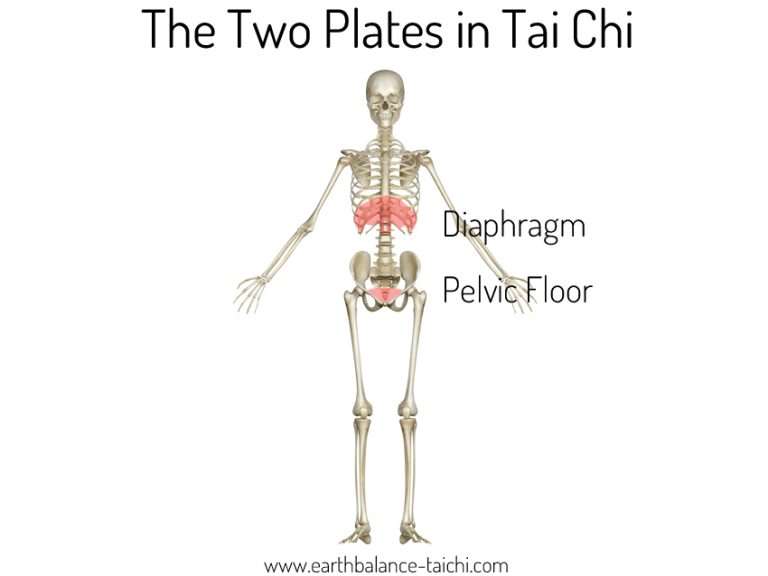
A neutral alignment of the diaphragm and pelvic floor is a parachute over a hammock. Align the two plates in a column over each other, so that the diaphragm sits over the pelvic floor, like two plates are stacked above each other. The key parts to these alignment principles are symmetrically balancing the 6 directions which are forwards/backwards, left to right and up / down. Specifically looking at;
- An upright spine, to have the head over the heart, the heart over the pelvis, keeping the two plates level and stacked.
- Folding the ribs i.e. not swaying the chest up or swaying the shoulders back, which causes the diaphragm to tip upwards at the front.
- Reducing the S curve in the lower back, by maintaining the pelvis like a bowl, which causes the pelvic floor to tip forwards.
- Maintaining that posture through different heights of the hip/kua squat.
Habitual mis-alignment of the two plates may cause: sway back, anterior tilt, hyper lengthened psoas, shortened muscles in the lower back, pelvic floor dysfunction, poor breath work function etc. Aligning the two plates is essential for your Tai Chi practice and also for your neutral posture in Qigong, as it brings the torso into an appropriate alignment, fosters opening of the lower back, aligns the internal organs appropriately over the pelvis and allows the waist to rotate. Aligning the two plates is also good for healthy functioning internal organs, vertebra, muscle, connective tissue and fascia.
The Pelvic Floor
The pelvic floor is a hammock or sling shaped series of muscles and connective tissue that is similar in structure to the diaphragm. It covers the base of the pelvis from the anus to the bladder. When reading Traditional Chinese medical texts, a specific point is referred to called the Huiyin, CV-1 or the perineum. The location is on the skin in between the genitals and the anus and is a different location for men and women. When practising Qi Gong and Tai Chi, these names or the anus are often used in place of the complete pelvic floor. How you align your pelvis and lower back will have an impact on the position and function of the pelvic floor.
The Diaphragm
The diaphragm is a domed / parachute shaped muscle series of muscles and connective tissue. It separates the chest cavity and the abdominal cavity. It covers the entire torso, attaching around the base of the ribs and the lumbar vertebra. The diaphragm muscle contracts downwards as the lungs expand when filling with air, which pushes the internal organs down and out and squeezes them with a massaging quality. When breathing out, the diaphragm relaxes upwards. How you align your pelvis, lower back, spine, chest and ribs will have an impact on the position and function of the diaphragm. For people with forward head posture, where the nerves in vertebra C3, C4 and C5 are compromised / crimped, these nerves are responsible for diaphragmatic breathing which means your neck and head posture will have an impact on the function of the diaphragm.
Standing Practice / Zhan Zhuang
Here is a breath work technique where you can practice focusing on the coordination of the two plates in standing practice. Use the abdominal, relaxation, Buddhist breath technique. Align the body from the feet up to the crown as you would for a typical Zhan Zhuang standing practice. Bring gentle focus to the two plates, align them to stack over each other in a column. As you inhale and exhale, the two plates move up and down together in a coordinated way. Following this technique:
Inhale
- Diaphragm: is active, contracts downwards.
- Pelvic floor: relaxes, lowers down naturally.
Exhale
- Diaphragm: relaxes, raises up naturally.
- Pelvic floor: is active, contracts upwards, lifting sensation across the pelvic hammock from anus to bladder.
When contracting the pelvic floor do not use force or move into tension. Develop a ‘lifting sensation’, ‘holding up’ or ‘withdrawing inward and upward’ feeling.
Heavenly Breath Qigong
In this foundation Qigong movement, you can practice aligning the two plates as you move. This helps develop awareness of the two plates, the pelvis and lower back position as you squat into the hip during the yin phase of the movement, and also when you raise out of the hip moving into the yang phase of the movement.
Squat into the hip
Maintain the two plates in their stacked position. Take care not to sway the upper body back when raising the arms, which will flare the ribs and cause the diaphragm plate to raise up at the front of the body out of alignment. When squatting down again, if you have a tight lower back take care not to lean the spine back as you squat to compensate for that tightness. As this will also pull the diaphragm out of alignment.
Raise out of the squat
Maintain the two plates in their stacked position. As you lengthen from the feet up to the hips, the body will raise up. Ensure the pelvis maintains its position like a bowl, without tipping forwards, which can cause the pelvic floor plate to drop down out of alignment. At the top of yang, when your legs are the most extended, maintain a small soft bend in the knees and hips so that the legs and pelvis do not lock out.
Chen Tai Chi Stance Practice
Practice maintaining the pelvic floor and diaphragm connection in the following traditional Chen Tai Chi stances:
- Side bow stance
- Forwards bow stance
- Horse stance
- Empty stance
- Rooster stance
- Rooster stance with front kick
Chen Tai Chi Silk Reeling Drills
Practice aligning the pelvic floor and diaphragm in your Chen Tai Chi silk reeling exercises. Maintain awareness of the two plates as you move through the lower body figure 8 movement and the positive and negative rotations in the arms. Find the spots where the alignment distorts and bring the body back into awareness. This is a great example of having a single point of focus in your form, and exploring where connection and disconnection occurs. Reducing your stance will help loosen the hips and lower back more, so that you can feel through the movements with more intention.
** Please speak with your doctor prior to starting a new exercise programme. This article is for information purposes only and must not be taken as medical advice. **
